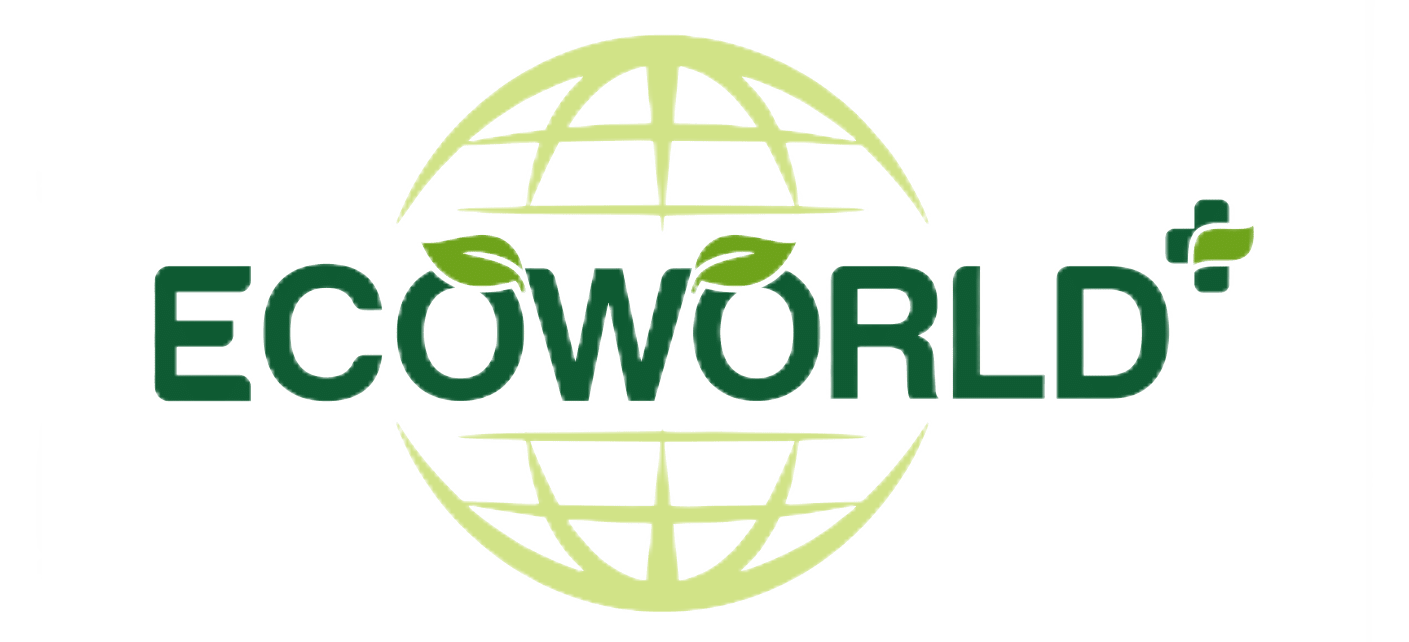
Plastic Packaging: The Good, the Bad, and the Ugly Truth
Plastic packaging has long been a staple in the world of product packaging due to its versatility and cost-effectiveness. However, its environmental impact has raised concerns in recent years. In this blog post, we will delve into the pros and cons of plastic packaging and explore sustainable alternatives that can help businesses make greener choices for their packaging needs.
Pros of Plastic Packaging:
-
- Durability and Protection:
Plastic packaging offers excellent durability and protection for products during transportation and storage. Its strength and resistance to moisture and impact make it ideal for safeguarding items from damage.
- Durability and Protection:
-
- Cost-Effectiveness:
Plastic packaging is generally more affordable compared to other materials, making it a popular choice for businesses, especially those with large-scale production and shipping requirements.
- Cost-Effectiveness:
-
- Versatility:
Plastic packaging can be molded into various shapes and sizes, allowing for customization and accommodating different product types. It offers flexibility in design and functionality, meeting diverse packaging needs.
- Versatility:
Cons of Plastic Packaging:
-
- Environmental Impact:
One of the most significant concerns associated with plastic packaging is its detrimental impact on the environment. Plastic takes hundreds of years to decompose, leading to pollution of land and oceans. It poses a threat to wildlife and ecosystems and contributes to the global plastic waste crisis.
- Environmental Impact:
-
- Limited Recyclability:
While some plastic materials are recyclable, the recycling process can be complex and costly. Additionally, not all types of plastic packaging are accepted by recycling facilities, resulting in a low recycling rate and significant plastic waste ending up in landfills or the environment.
- Limited Recyclability:
-
- Dependency on Fossil Fuels:
The production of plastic packaging relies heavily on fossil fuels, contributing to greenhouse gas emissions and the depletion of finite resources. This dependency perpetuates our reliance on non-renewable energy sources and exacerbates climate change.
- Dependency on Fossil Fuels:
Exploring Sustainable Alternatives:
-
- Biodegradable Plastics:
Biodegradable plastics are designed to break down naturally over time through the action of microorganisms. These plastics offer a more environmentally friendly option, as they decompose into harmless substances and minimize their impact on ecosystems. Materials like polylactic acid (PLA) and biodegradable plant-based plastics are gaining popularity as sustainable alternatives.
- Biodegradable Plastics:
-
- Compostable Packaging:
Compostable packaging is made from organic materials that can be composted along with food waste, breaking down into nutrient-rich compost. This type of packaging offers a closed-loop solution, supporting a circular economy and reducing waste sent to landfills.
- Compostable Packaging:
-
- Paper and Cardboard:
Paper and cardboard packaging materials are renewable, recyclable, and have a lower environmental impact compared to plastic. They can be sourced from responsibly managed forests and recycled multiple times, reducing the demand for new raw materials.
- Paper and Cardboard:
While plastic packaging has its advantages in terms of durability and cost-effectiveness, its environmental drawbacks cannot be ignored. Businesses are now encouraged to seek sustainable alternatives to plastic packaging materials. Biodegradable plastics, compostable packaging, and paper-based solutions offer more eco-friendly options, reducing pollution, and promoting a greener future. By making conscious choices, businesses can contribute to minimizing plastic waste and protecting the environment for generations to come.
Plastic Packaging
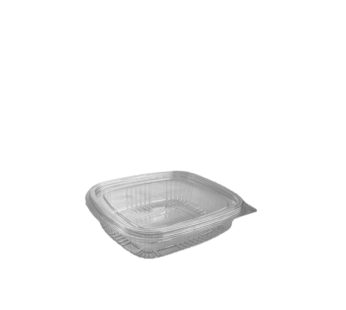
Somoplast Economy Hinged Clear Rectangular Container
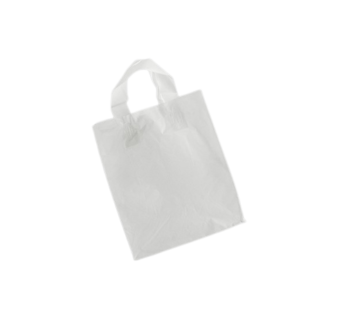
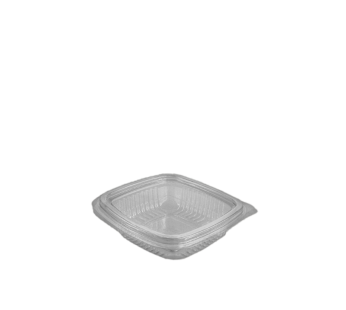
Somoplast Clear Hinged Flat Square Container
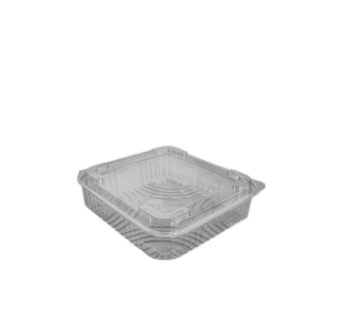
Somoplast Clear Hinged Domed Square Container
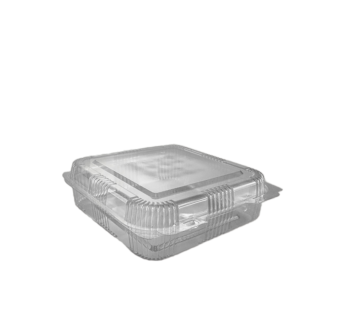
Somoplast Clear Hinged Bakery Square Container
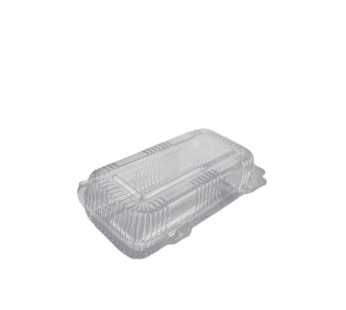
Somoplast Clear Hinged Bakery Rectangular Container
![Somoplast Clear Hinged Bakery Rectangular Container [750cc]](https://ecoworldpack.co.uk/wp-content/uploads/2023/06/Somoplast_Clear_Hinged_Bakery_Rectangular_Container-346x310.png)
![Somoplast Clear Cake Base & Lid [10x5inch]](https://ecoworldpack.co.uk/wp-content/uploads/2023/06/Somoplast_Clear_Cake_Base___Lid__10x5inch-346x310.png)
